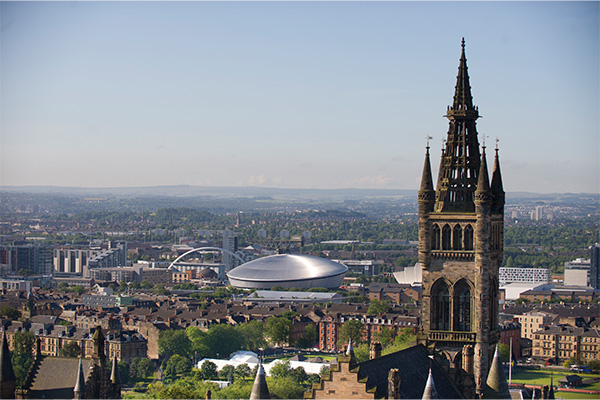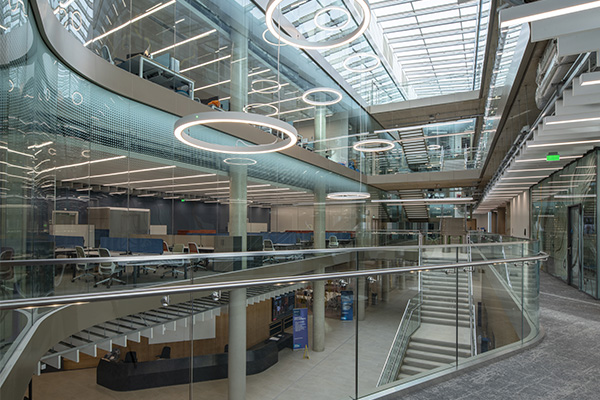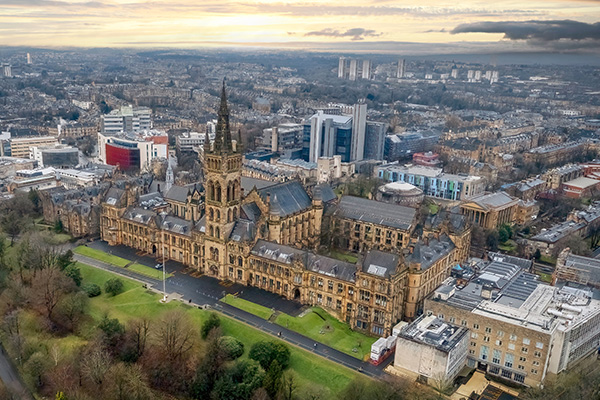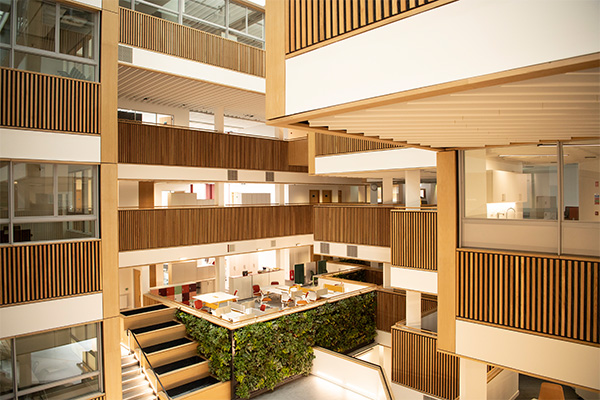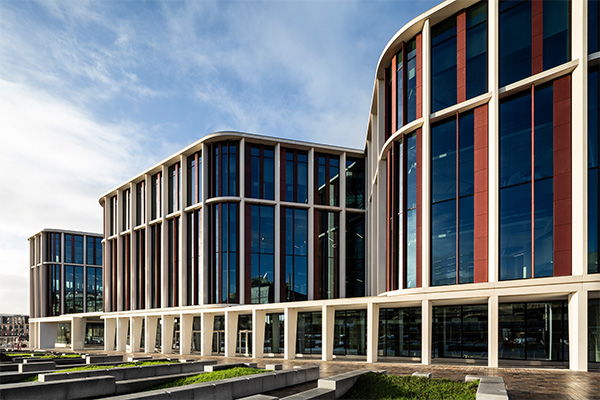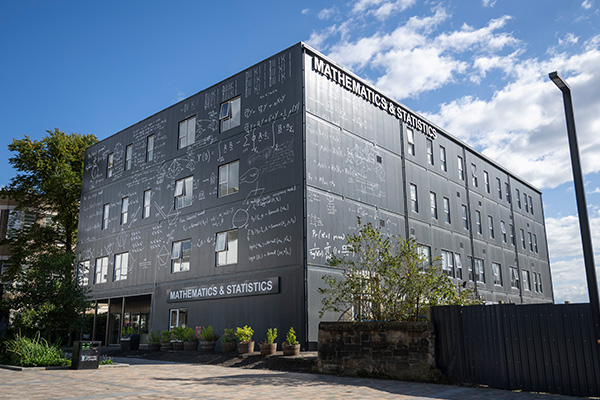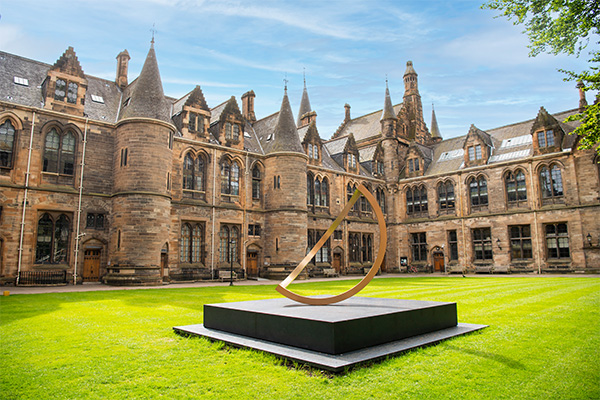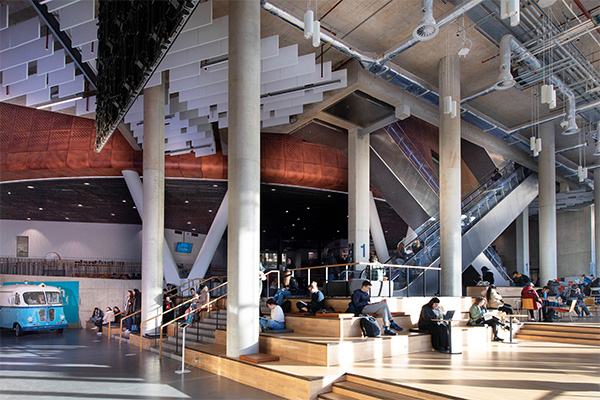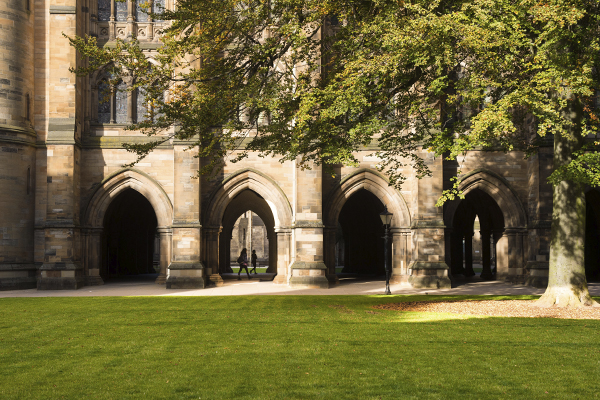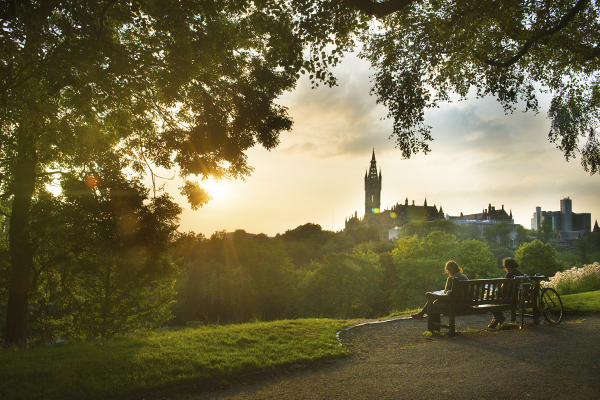Buildings and interiors
Guidelines for photographs of our buildings and spaces on campus
Genre: architectural.
Environment: both interior and exterior.
People: where people are featured they should be part of the scene.
Positioning & framing: choose images that include negative space (for example sky or grass) in the right place if you need to take into account adding text over the image.
Additional information for a photoshoot
Lighting: when photographing exterior buildings always use the natural light available, but extremely sunny conditions will cause problems with harsh shadows and glare. Avoid photographing a building that is back-lit as it will create very uniform, dark shapes; whereas dawn, dusk or night-time shots can create an atmospheric or dramatic image, for example with opportunities to experiment with light trails.
For interior spaces use any natural light available, and enhance this with extra lighting, for example an extra flash can fill darker parts of a room or make the foreground area pop-out. Be aware that interior lighting will often alter the colour of photographs producing a yellow or greenish tinge, this can be corrected with colour gels, extra flashes or in post production.
Treatment : any filters added should still retain a natural effect and not be overly stylised, natural in-camera effects such as lens flare are fine. Use coloured gels on additional flashes to create dramatic impact.
Positioning & framing: try to create some negative space within the frame (for example sky or grass) to give options for tighter crops or to add text. Be aware of undesirable items or unnecessary clutter within the shot – bins, scaffolding, bags or empty chairs and try to avoid or remove. You don’t always need to include a whole building or entire lab, dynamic angles or details of buildings can be very effective.
Always try to take landscape (wide) images rather than portrait-shaped as this will ensure your image will be suitable across multiple platforms including double page spreads in a brochure, PowerPoint slide or on the University website.
GDPR compliance: photographs of students or individuals who are clearly identifiable are considered personal data and are therefore subject to the Data Protection Act. Signed consent must be obtained. how to run a photoshoot
Further guidance: .


